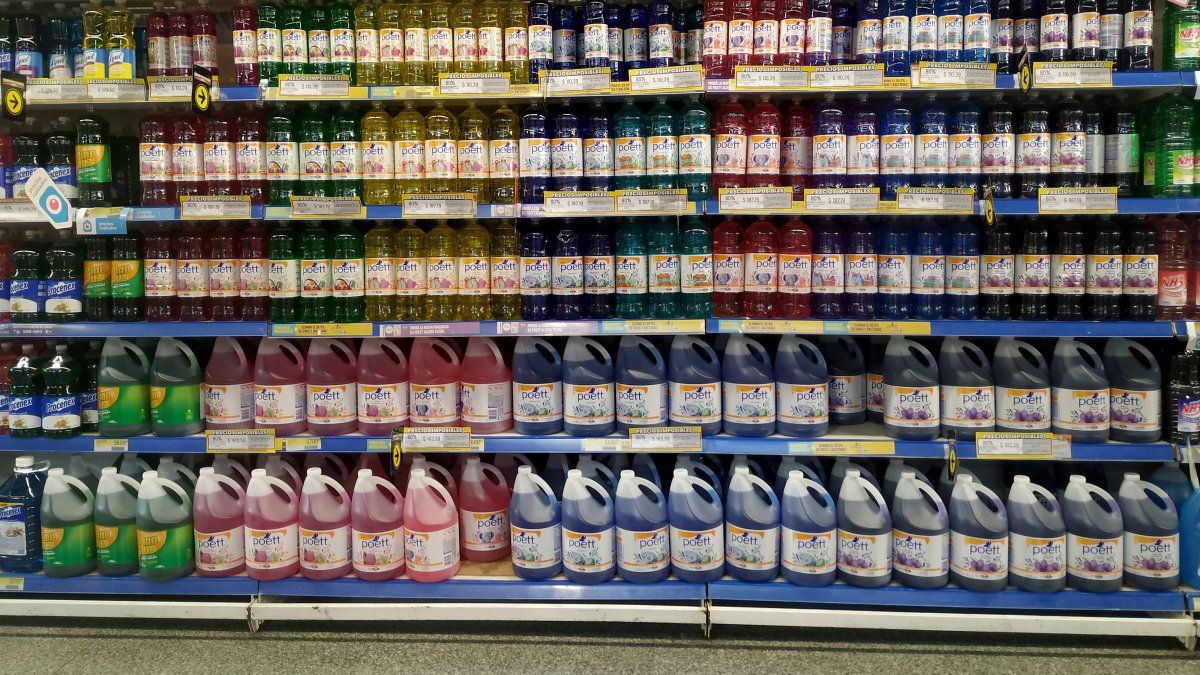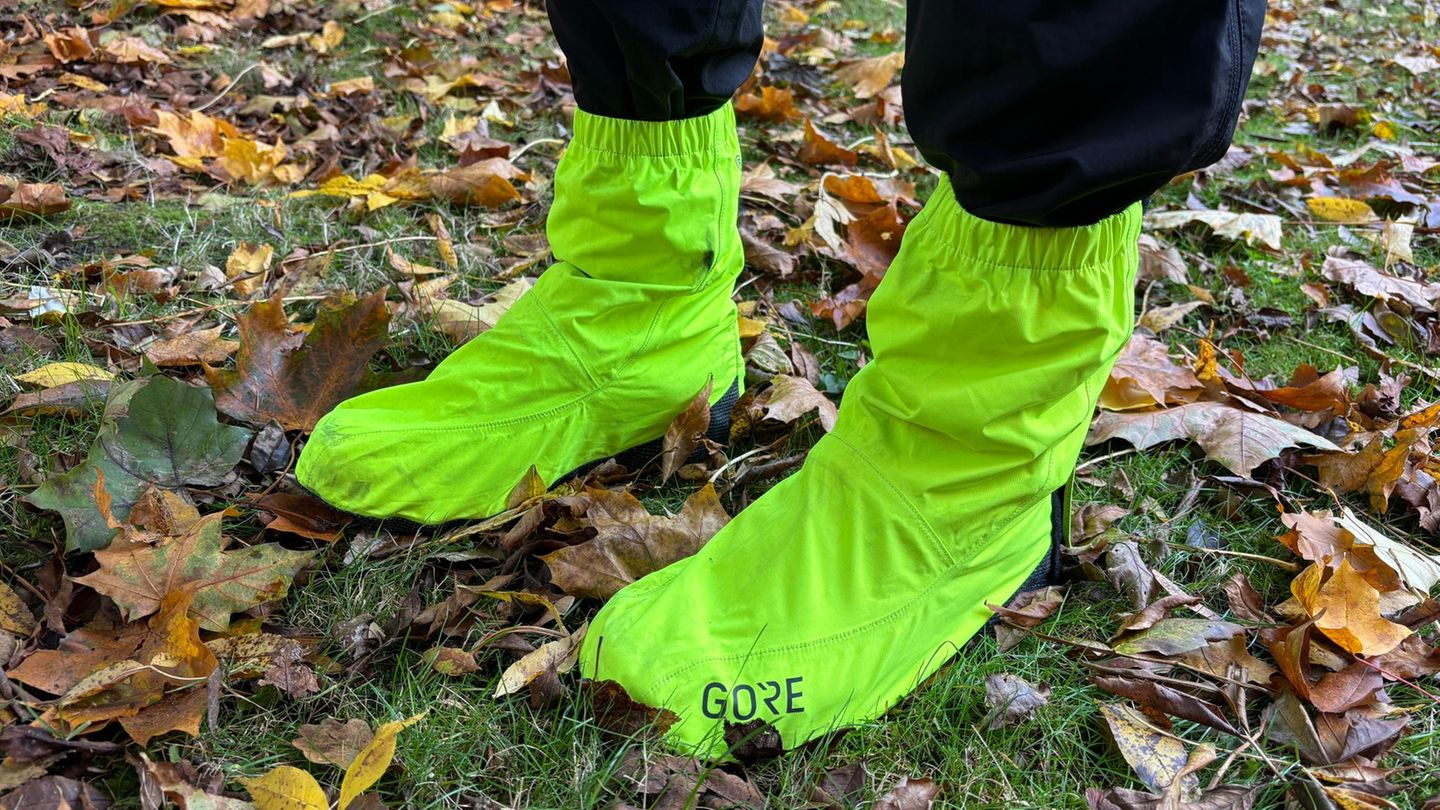For the case of 30% of the population in 2012 had a household income of u$s1957 Y today of only u$s433. And the 20% of the wealthiest population on average had household income of u$s3442 in 2012 Y today of only u$s716. only the 5% of the total population today exceeds u$s2650 Income per household that is below the income received by 18% of Argentine families on average in 2012. The rich are no longer rich. The middle class is lower middle class and the lower class is lower or indigent.
“In the last 10 years in Argentina, no real employment has been generated in the private sector. In turn, informality and monotributistas have grown. Those who cannot get out of this situation are those who invest in our country, as in the case of small self-employed entrepreneurs or mipyme sector is the lowest in our region in terms of the number of companies per inhabitant Argentina is no longer enough to change the rules of the game in the absolute Macro but instead requires a deregulation of the bad decisions that have been made taken for the micro with laws, procedures and obstacles to produce and employ that are a brake on the generation of wealth” he pointed Damian DiPace Director of the Focus Market Consultant
Cases analyzed
To get an overview of the current living conditions of Argentine families, we will see 3 cases where two adults earn two average incomes.
First case: 2 adult members and 2 children earn $80,000 pesos
In the case where in a typical family of 2 adult members and 2 children earn $80,000 pesoswe will see that covers 100% of the Basic Food Basket but would not be enough to cover the Basic Basket total ie le fwould rise 23% to not continue below the poverty line, he would lack 53.99% of income to cover the entire CBT + Rent ($173,899) and 62.59% to cover the CBT + Rent and car maintenance ($213,899).
“Today it is happening that a family with 2 incomes is having a hard time staying within what we know as the middle class. In turn, spending adjustments occur in all socioeconomic sectors regardless of income level. All government interventions to They have failed to solve people’s problems. Price controls did not solve inflation. The rent law not only did not lower prices, but increased them and reduced supply in the market. Labor laws have generated less employment. The limits outdated non-taxable minimums have generated a drop in investment or the departure of local entrepreneurs from our country to other destinations. Private activity in decline leaves families with incomes that are among the lowest in recent decades in the midst of an unbalanced macroeconomy.” expressed Damián Di Pace Director of Focus Market Consulting.
Second case: a typical family earning $126,666
In the case of a typical family earning $126,666we will see that with the income they receive can cover 100% of both the basic food basket and the Total Basic Basket)for which they would be above the poverty line, but in the same way with that income it would lack 27.16% to cover CBT + Rent ($173,899) and 40.79% to cover CBT + Rent + maintenance of a Car ($213,899). CBT, CBT+ Rent, but you would still be almost 2% short in income to cover CBT + Rent + Car Maintenance.
Third case: a family that receives income of $210,000
The same goes for a family earning $210,000which cover 100% of the Basic Basket, Total Basic Basket + Rent but would have drawbacks in case you have a car to maintain
Source: Ambito
David William is a talented author who has made a name for himself in the world of writing. He is a professional author who writes on a wide range of topics, from general interest to opinion news. David is currently working as a writer at 24 hours worlds where he brings his unique perspective and in-depth research to his articles, making them both informative and engaging.




